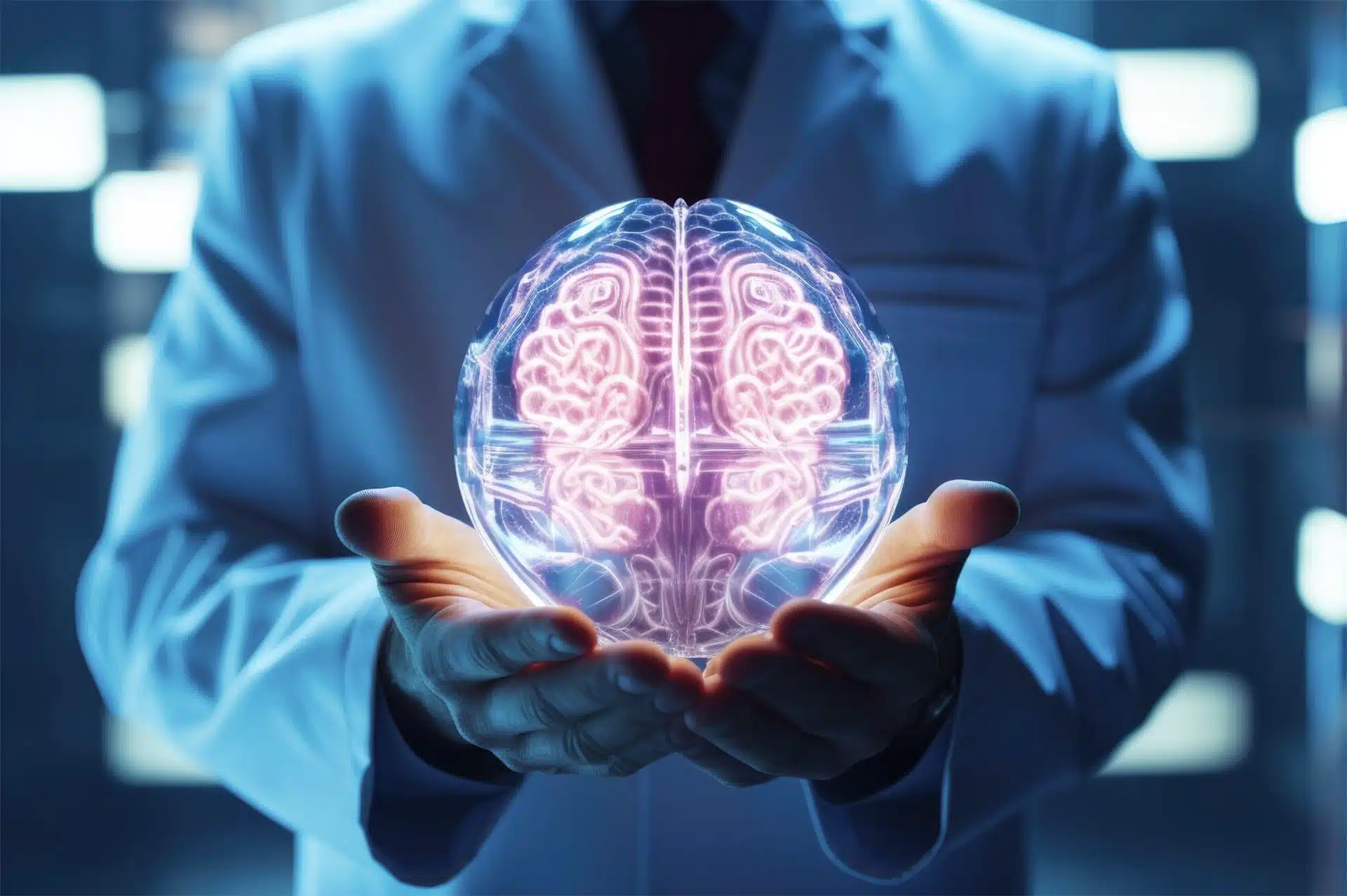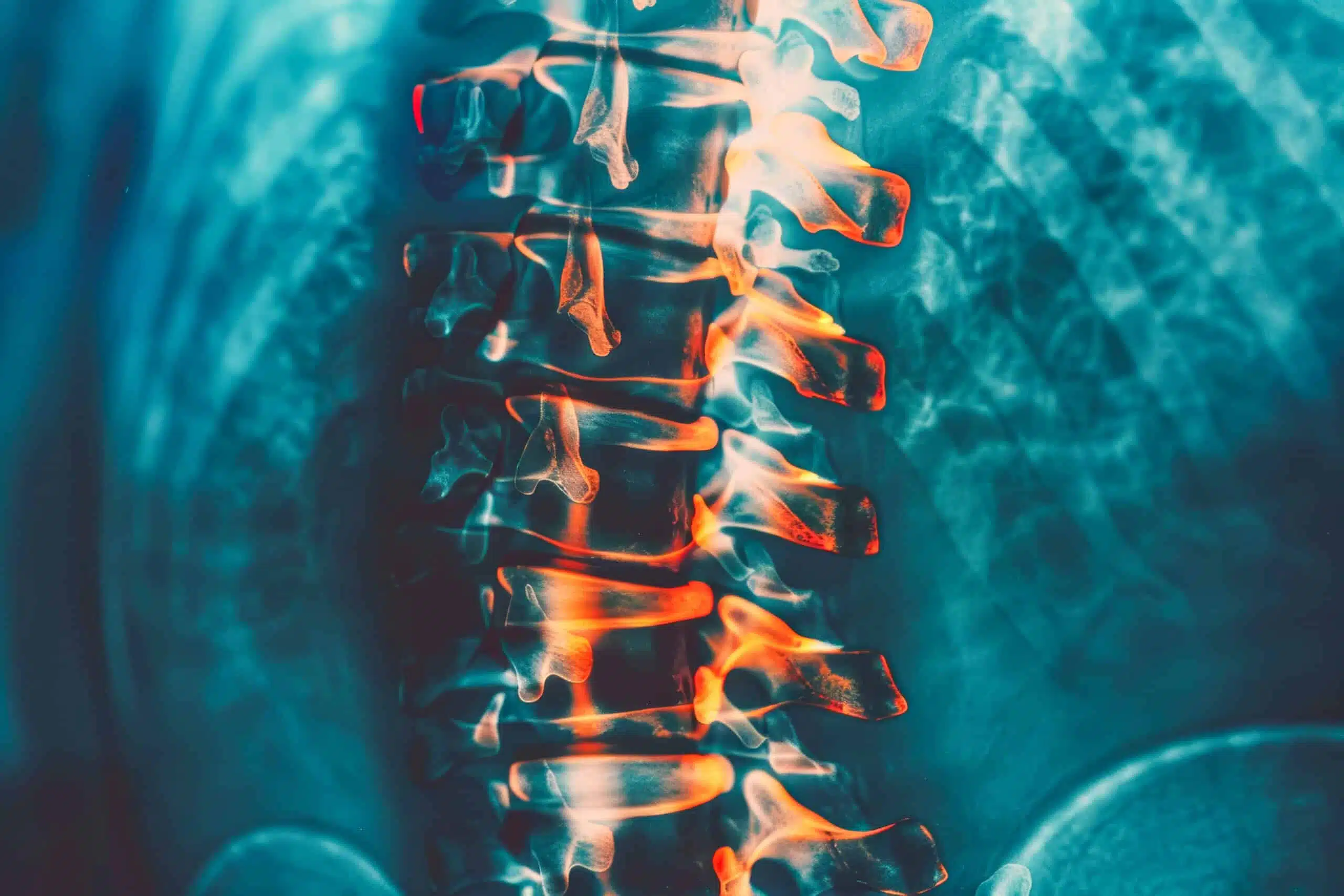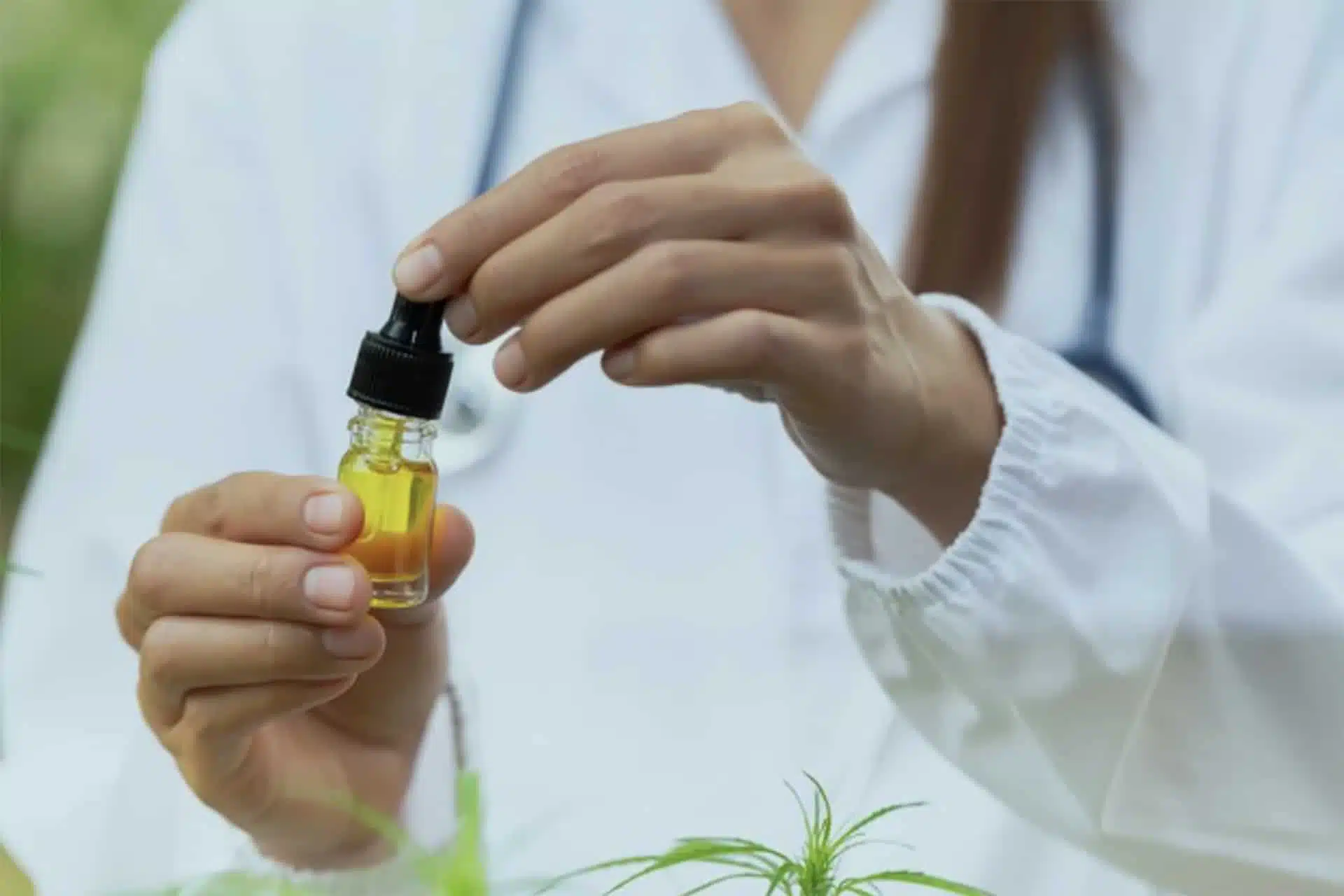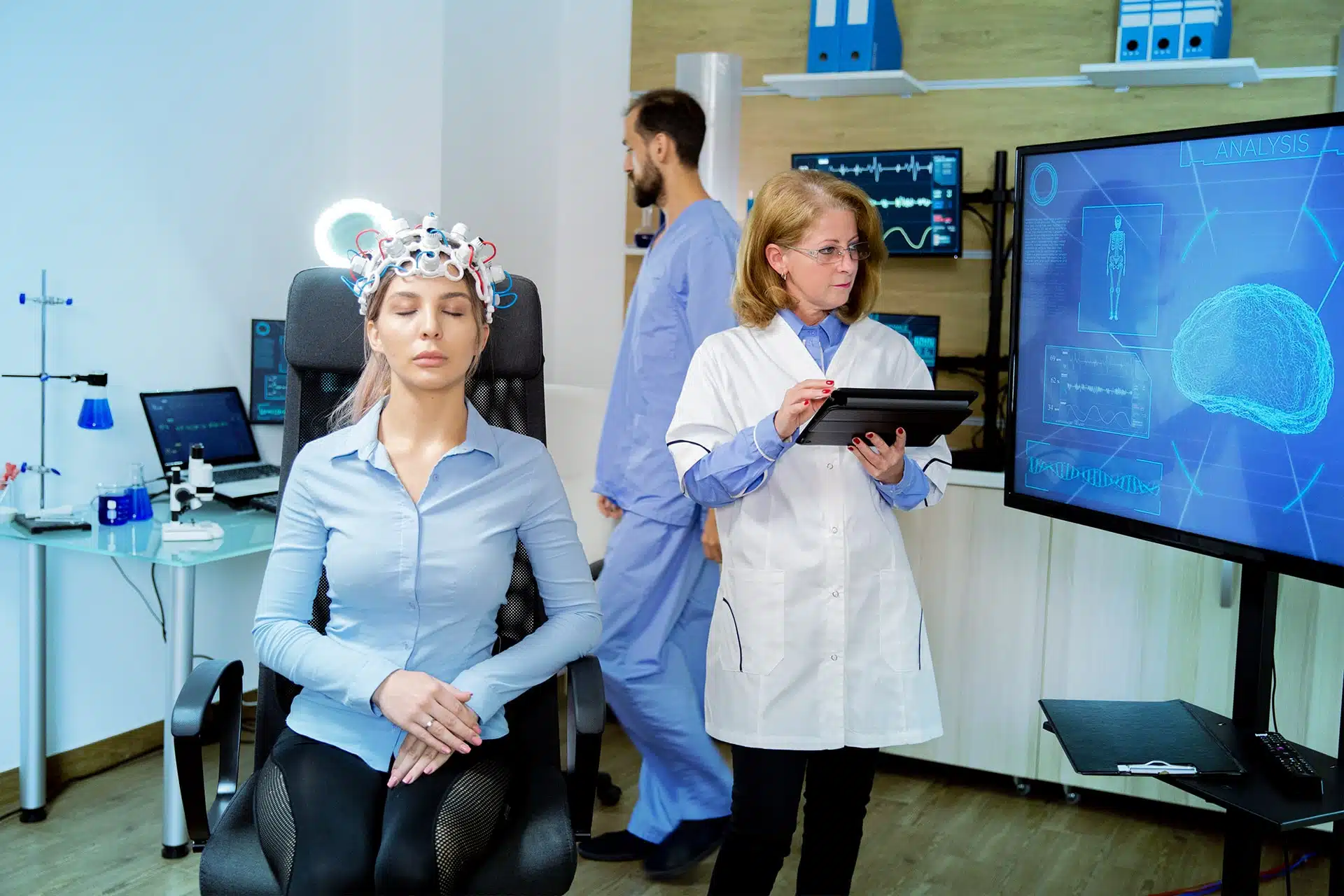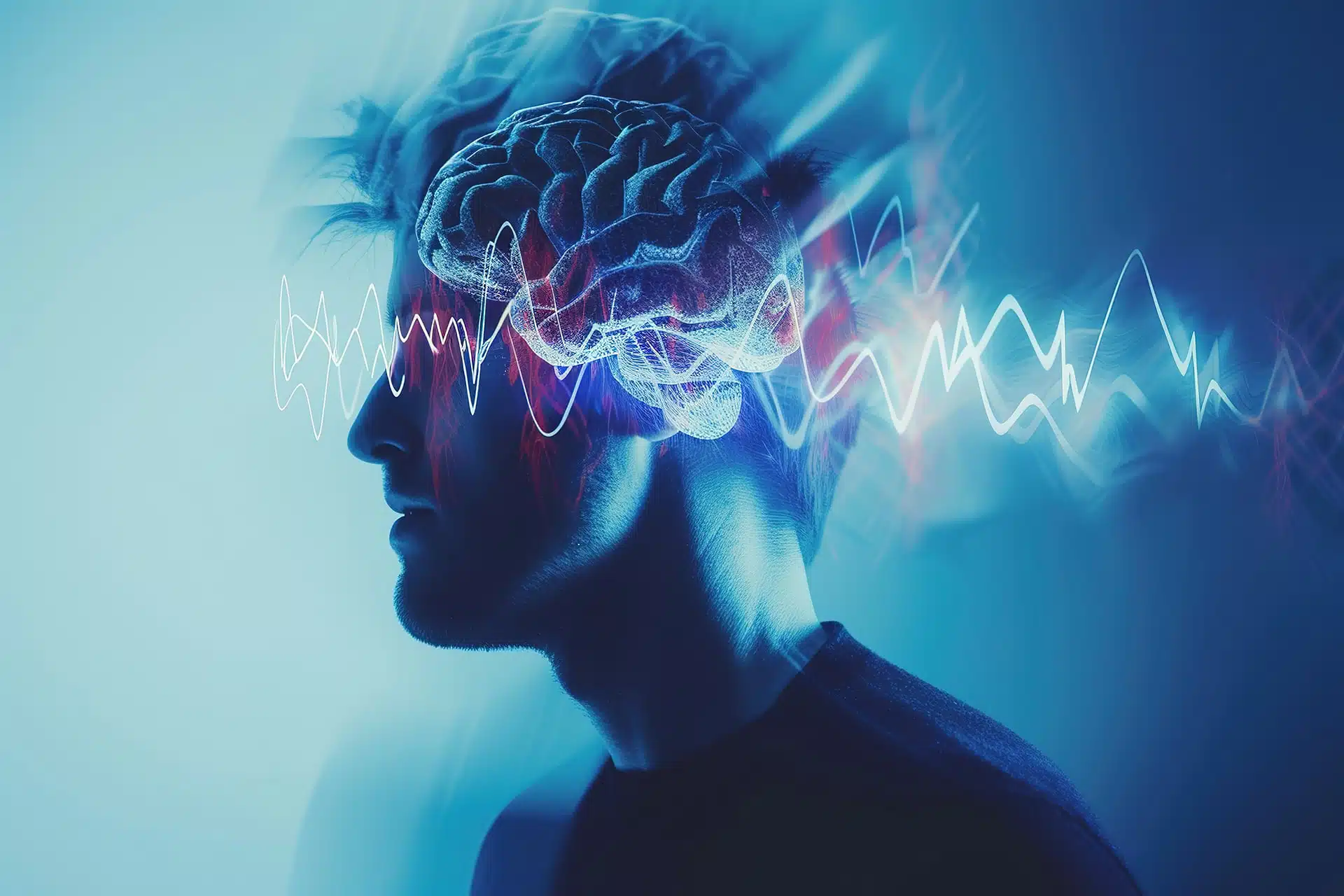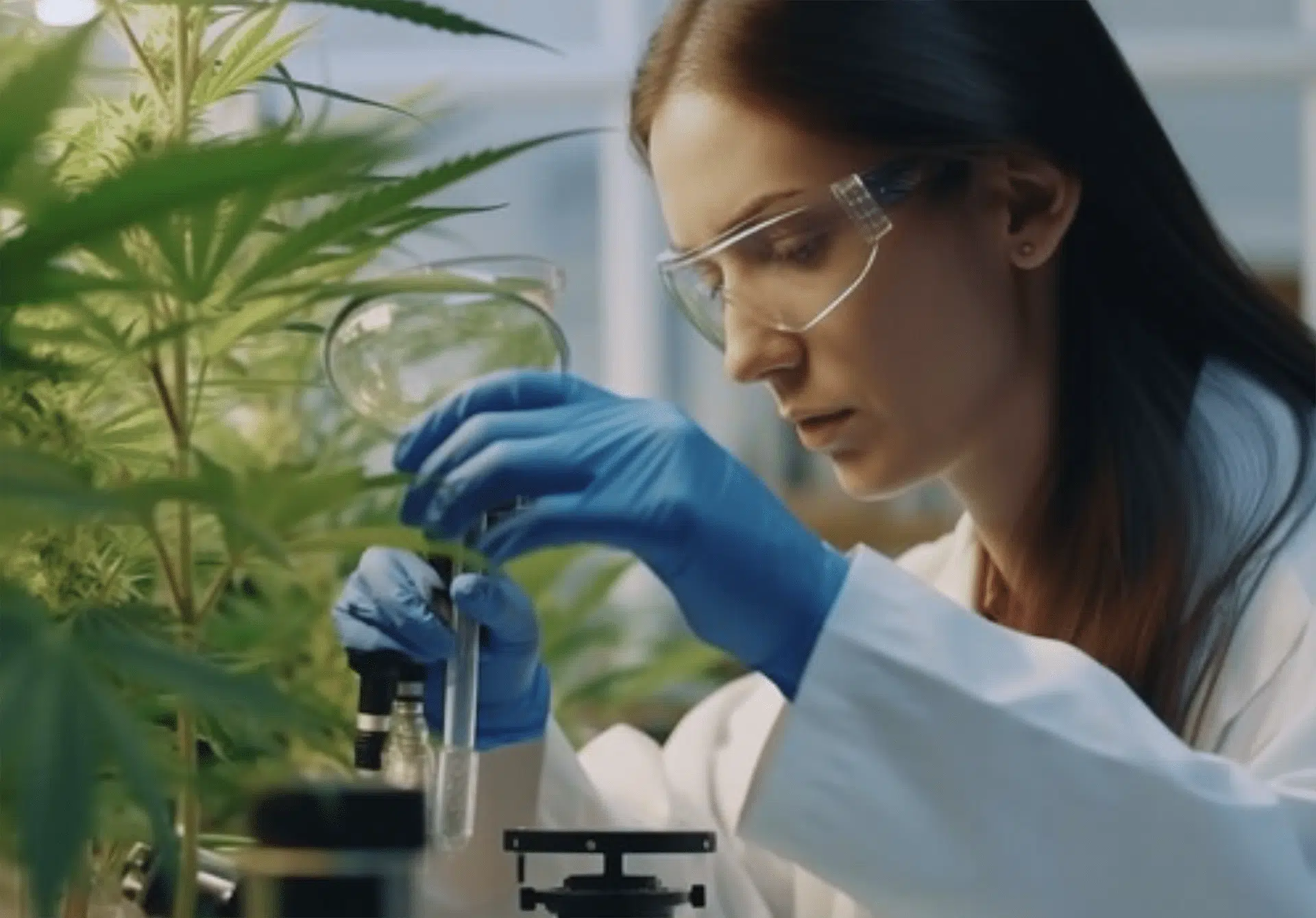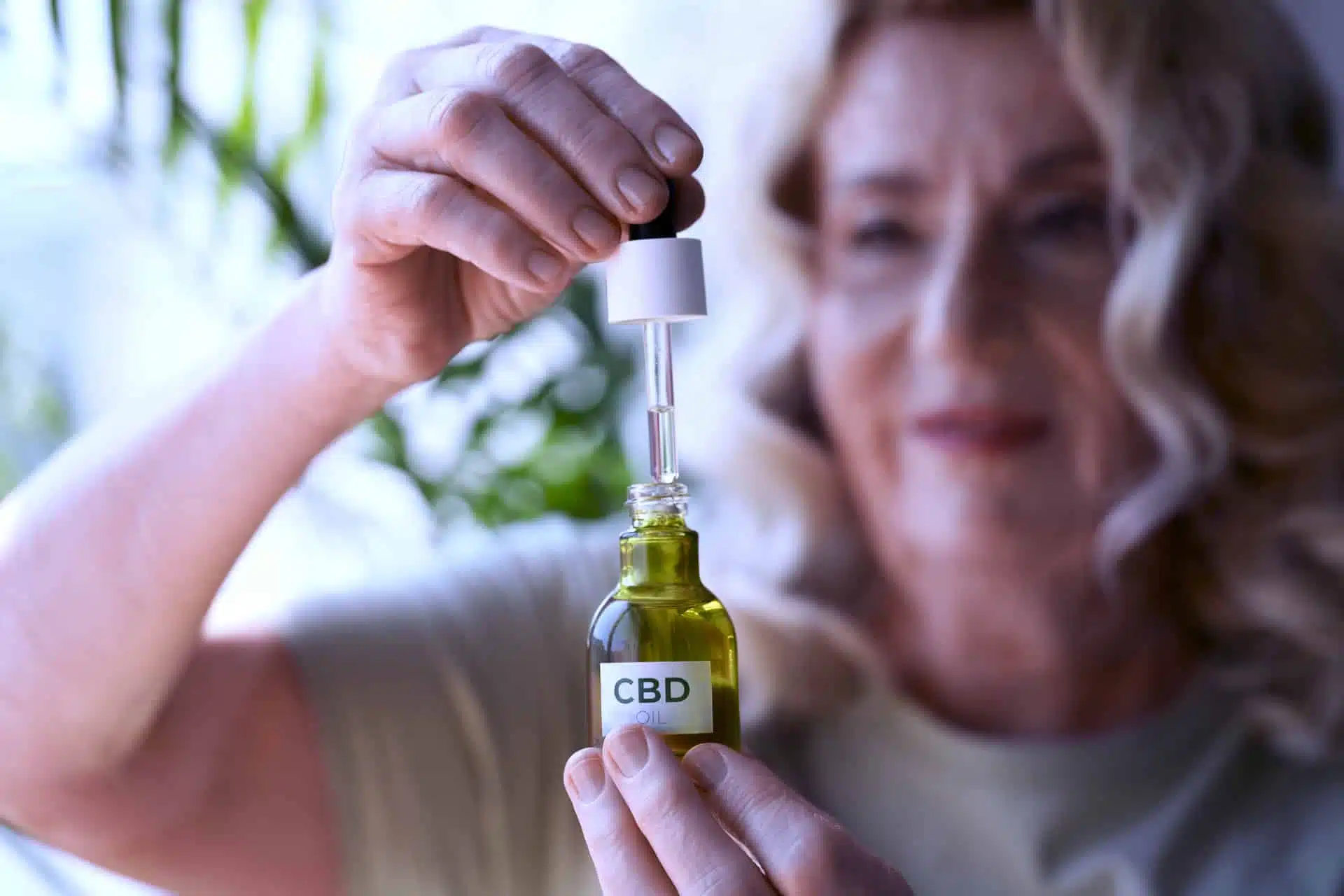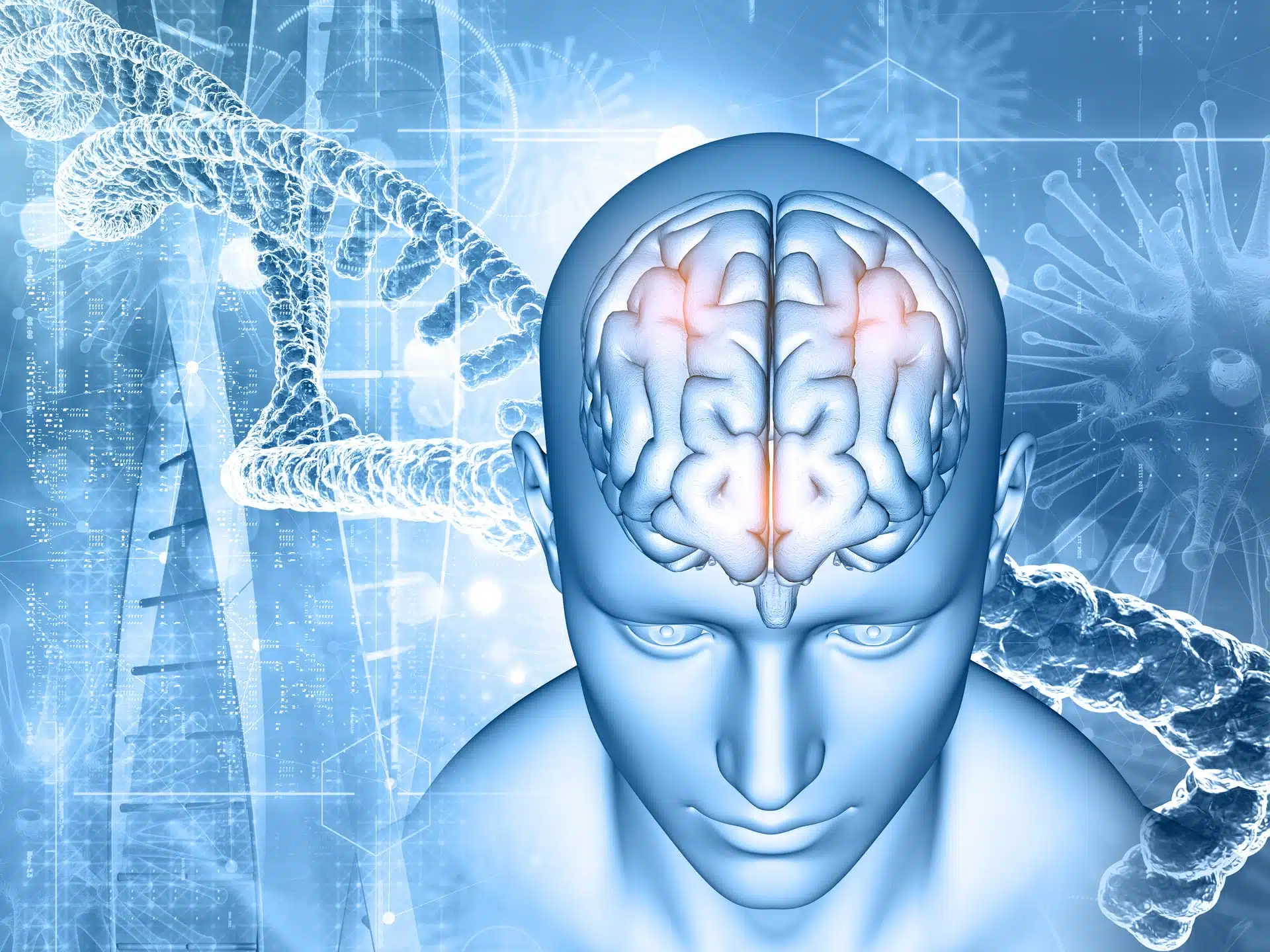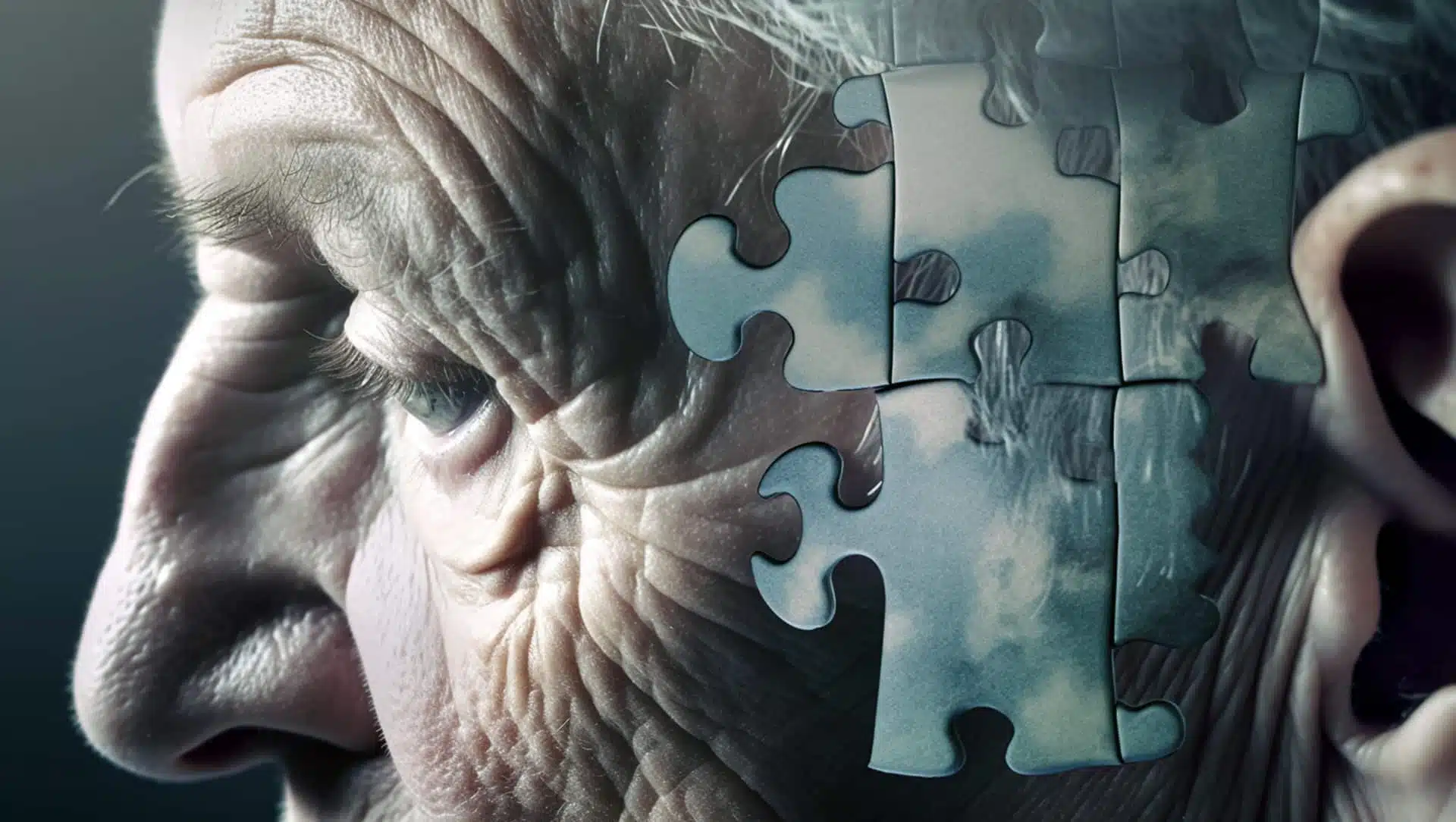Share
Bipolar Disorders (BD) and Medical Cannabis Research

Fluctuations in one’s mood are a common occurrence in day-to-day life, as well as a natural reaction to either pleasant or stressful events. However, extreme variations that result in psychological distress and behavioral disruption may be symptoms of an underlying affective disorder.
Affective disorders, also known as mood disorders, are a set of psychiatric illnesses characterized by significant mood swings, ranging from periods of elevated mood (hypomania or mania) to depressive episodes. They make up a group of related conditions, which includes the normal mood fluctuations everyone experiences, cyclothymia—a mild form of BD defined by frequent mood swings ranging from hypomanic symptoms (feeling energetic, talkative) to mild depressive symptoms—and the most well-known forms of bipolar disorder, namely bipolar I and II, characterized by distinct episodes of full-blown mania/hypomania and major depression that significantly impact daily life. Furthermore, one common finding across all studies of people with bipolar disorders is the early age of onset, as more than 70% of individuals manifest symptoms before the age of 25.
Bipolar I disorder is highly genetically correlated with schizophrenia and is defined by periods (manic episodes) of heightened energy or activity, often coupled with extreme disinhibition, irritability, decreased need for sleep, as well as an inflated sense of self-importance, confidence, and talkativeness. Psychotic symptoms occur in 75% of manic episodes, often accompanied by hallucinations and delusions, with some severe cases requiring hospitalization.
Bipolar II disorder is a mental health condition genetically correlated with major depressive disorder and characterized by cycles between depression and hypomania, a milder form of mania than the one observed in Bipolar I patients. Hypomania also involves periods of elevated mood, increased energy, and heightened activity, but to a lesser degree and not severe enough to cause significant social or occupational disruption. The defining characteristic of Bipolar II is the occurrence of at least one hypomanic episode alternating with major depressive episodes. Even though it is a milder form of BD, it presents a higher lifetime prevalence (0.4-1.1%) compared to Bipolar I, as well as an increased risk of suicide
Bipolar Disorders (BD) and Cannabis
Mental disorders, including mood and anxiety disorders, posttraumatic stress disorder (PTSD), and schizophrenia, represent a significant public health problem, affecting a large percentage of the population worldwide. A combination of genetic, biological, and environmental factors are thought to influence the onset and progression of these conditions. However, the pathophysiology remains complex and not yet fully understood.
Current pharmacological treatments include antidepressants, benzodiazepines, and antipsychotic medications. Yet, some patients do not achieve complete symptom relief. This underscores the strong need to develop alternative or complementary treatments. One emerging hypothesis targets the endocannabinoid system (ECS), a network of molecules naturally produced by the body that has a crucial role in regulating functions like emotions, stress responses, and cognition, there’s also growing evidence that this system might be dysfunctional in individuals with mental illnesses.
The cannabis plant has a long history of use for medicinal purposes, individuals often report using cannabis to self-medicate symptoms like anxiety, depression, and mania, this approach however is not without its drawbacks, as some studies have shown a link between heavy cannabis use and the development of mental health conditions, particularly in individuals predisposed to psychosis or mood disorders, but since the cannabis plant contains about 540 chemical substances, the cause of the deleterious effects is unclear as it may be due of simply using whole-plant cannabis extracts for treatment.
The Endocannabinoid System (ECS)
The human body possesses several internal regulatory systems one of which is the endocannabinoid system (ECS). This network of messengers, known as endocannabinoids, interacts with specific receptors throughout the body and influences a wide range of physiological functions.
The key components of the ECS are:
Cannabinoid Receptors: Protein structures embedded in cell membranes that act as docking stations for cannabinoid molecules. The two main types are:
CB1 Receptor: Primarily located in the central nervous system (CNS) and the peripheral nervous system, it influences functions like memory, mood, pain perception, movement, and appetite.
CB2 Receptor: Predominantly found in the immune system and peripheral tissues, plays a role in inflammation, bone health, and gut function.
Endocannabinoids: Cannabinoid molecules naturally produced by the body. The two main ones are:
Anandamide (AEA): Often nicknamed the “bliss molecule,” it influences mood, memory, and pain perception.
2-Arachidonoylglycerol (2-AG): Involved in pain regulation, appetite control, and inflammation.
- Enzymes: These molecules break down endocannabinoids after they exert their effects, ensuring the system maintains a balanced state.
The endocannabinoid system plays a crucial role in regulating various physiological processes, including:
Central nervous system: Memory, learning, mood, emotion, pain perception, movement control, and sleep.
Immune system: Inflammation, immune cell function, and pain modulation.
Digestive system: Appetite control, gut motility, and nausea.
Reproductive system: Fertility, pregnancy, and childbirth.
Bone health: Bone density and remodelling.
Skin health: Wound healing and inflammation.
The discovery of the ECS has opened doors to the therapeutic potential of cannabinoid molecules. These molecules can be categorized into three main groups:
Endocannabinoids: As mentioned earlier, these are naturally produced by the body.
Phytocannabinoids: These are cannabinoids derived from the cannabis plant. The two most well-known are:
Tetrahydrocannabinol (THC): The psychoactive component responsible for the “high” associated with cannabis use. It primarily interacts with CB1 receptors, influencing mood, pain perception, and appetite.
Cannabidiol (CBD): A non-psychoactive cannabinoid with a wide range of potential therapeutic benefits. It interacts with various receptors in the body, including CB1 and CB2, and is thought to exert its effects through indirect mechanisms.
Synthetic Cannabinoids: These man-made compounds are designed to mimic the effects of natural cannabinoids. They can be highly specific for certain receptors, offering potential advantages for targeted treatment of various conditions.
Besides regulating numerous body functions, research as shown its potential role in mental health. The complex interaction between the ECS and the brain has opened the possibility of cannabinoid-based therapies for conditions such as:
- Major depression
- Bipolar disorder
- Anxiety disorders
- Post-traumatic stress disorder (PTSD)
- Schizophrenia
As mentioned earlier evidence suggests an essential role of the endocannabinoid system in modulating cognitive abilities, mood, stress, and sleep. The psychoactive effects of cannabis are described as euphoric, calming, anxiolytic, and sleep-inducing and positively affect the mood. A number of clinical trials used cannabinoids to treat cancer, HIV, multiple sclerosis, hepatitis C, Crohn’s disease, and chronic neuropathic pain reported decreases in anxiety or depression symptoms and presented sedative and anxiolytic effects.
The effects on Mood:
Studies suggest cannabis use can have both positive and negative effects on mood.
Positive Effects:
- Relief from symptoms of depression and anxiety, especially for patients who don’t respond well to traditional medications.
- May be helpful for mood disorders secondary to chronic illnesses like HIV.
- Studies show promise for using cannabis with a balanced THC/CBD ratio to reduce anxiety and depression compared to THC-dominant strains.
- Dronabinol (synthetic THC) has shown success as an antidepressant, alone or combined with other drugs.
Negative Effects:
- Paranoia, irritation, dysphoria, and demotivation can occur in some users.
- Effects can be unpredictable and depend on factors like the patient’s ECS activity, cannabinoid ratio, terpenes, and dose.
- May worsen depression or trigger its onset in some individuals, particularly adolescents.
Mechanisms:
- The endocannabinoid system (ECS) seems to play a role in mood regulation. Low endocannabinoid activity may be linked to depression.
- Studies suggest activating CB1 receptors with low-dose cannabinoids might have antidepressant effects, similar to traditional antidepressants.
- Conversely, blocking CB1 receptors with drugs like rimonabant can lead to mood disorders and suicidal thoughts.
The effects on psychosis and schizophrenia
Studies point to a connection between THC (the psychoactive component of cannabis) and an increased risk of psychosis and schizophrenia. However, it’s unlikely that cannabis use directly causes these mental illnesses. People with a genetic predisposition for schizophrenia seem to be more susceptible to the negative effects of THC.
THC vs. CBD:
- THC has a pro-psychotic effect, potentially worsening symptoms in schizophrenia patients.
- Conversely, CBD (another cannabinoid) appears to have protective properties, reducing the risk of THC-induced psychosis.
- The ratio of THC to CBD in cannabis strains is crucial. Modern strains often contain much higher THC levels than older varieties, potentially increasing the risk of psychosis.

Endocannabinoid System and Schizophrenia:
- Research suggests the endocannabinoid system (ECS) may play a role in both the development of schizophrenia and potential treatment options.
CBD as a Potential Treatment:
- While not a definitive treatment for schizophrenia, CBD shows promise in reducing psychotic symptoms caused by THC and may be well-tolerated by patients.
- Studies suggest CBD may be effective in treating schizophrenia when used alongside existing antipsychotic medications, but further research is needed.
Genetics and Early Exposure:
- Adolescent cannabis use, particularly for those with a genetic predisposition, may disrupt normal brain development and increase the risk of early-onset schizophrenia.
Biomarkers and Potential Therapies:
- Research is exploring DNA methylation patterns in the gene coding for the CB1 receptor as a potential biomarker for schizophrenia.
- Studies in animal models show that CBD treatment can reverse specific alterations in brain receptors associated with schizophrenia, suggesting its potential as a novel antipsychotic medication.
Cannabis use for mood disorders requires careful consideration. While it may offer relief for some, the potential for negative effects and unpredictable responses necessitates professional guidance and monitoring. Research on cannabinoid-based antidepressants is ongoing, with a focus on developing drugs that minimize unwanted psychiatric side effects.



